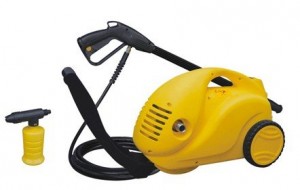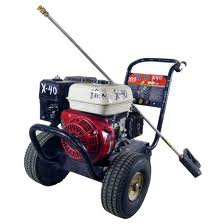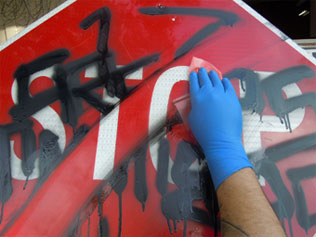If you are in the market to buy a new pressure washer and need some advice on how to select which pressure washer will be the right one, then the first question you will need to ask yourself is “What is the pressure washer going to be used for?”
There are many different types of pressure washers. The first main difference between pressure washers is what they are powered by e.g electric or gas. An electric pressure washer is generally a low powered unit best suited for small domestic style jobs, such as pressure washing outdoor furniture, light house washing jobs and perhaps your car or other motor vehicle or boat. T
hey are not suitably for large concrete areas such as driveways or other large areas.
If you are a home owner or business owner who wants to keep your property maintained and want to do it yourself then you will want something with a little more oomph.
You will want a decent gas powered pressure washer which has enough PSI (pounds per square inch) and GPM (gallons per minute) to handle all of the required tasks of keeping a property maintained.
High PSI units are often all that consumers look for. Higher PSI will help you to dislodge dirt or grime making cleaning more effective however that is only half the story.
GPM is also important because the more water being dispersed the more efficient the cleaning operation will be.



 The chemical removal method of graffiti removal is perhaps the most common form of graffiti removal. Before you commence this method of graffiti removal, it is important to have an understanding of 2 important factors.
The chemical removal method of graffiti removal is perhaps the most common form of graffiti removal. Before you commence this method of graffiti removal, it is important to have an understanding of 2 important factors.
